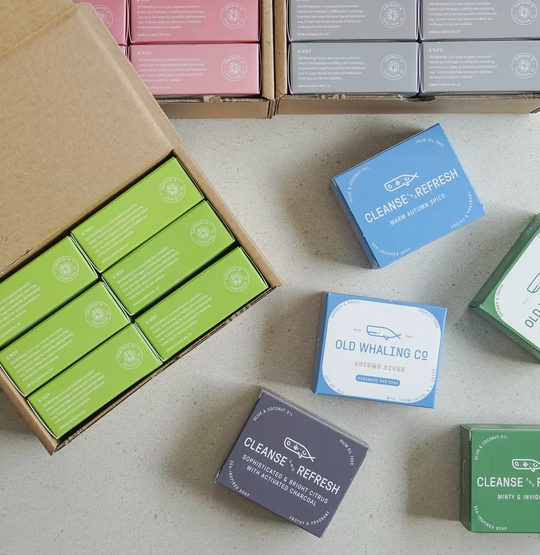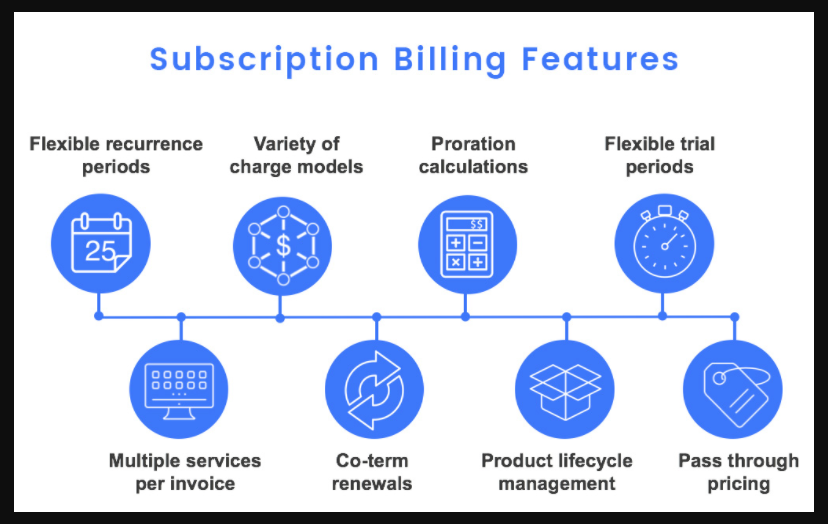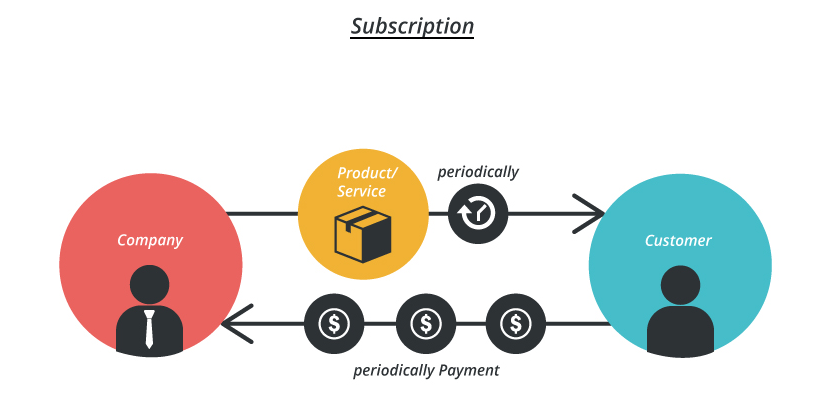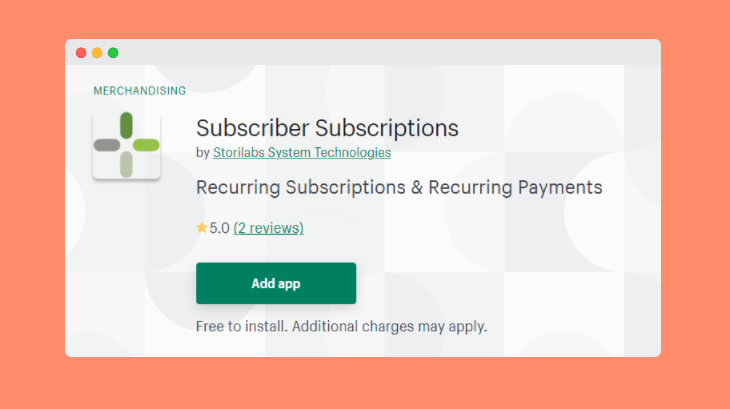Subscriptions have begun to extend to other areas such as fashion and beauty. It’s a key business model for companies like Netflix and Spotify, which offer a Software-as-a-Service, or SaaS, model.
Birchbox, for example, delivers its customers a monthly box including a variety of cosmetics, skincare products, perfumes, and organic products. Manscaped, a men’s lifestyle brand, sells grooming refill subscriptions. Ecommerce subscriptions, when done correctly, maybe a significant development driver for your business.
Ecommerce subscriptions, on the other hand, are about strong customer connections on a deeper level. Customers who already recognize the value your firm provides become loyal followers who become dependable sources of recurrent revenue thanks to subscriptions.
The more time a consumer spends using your product or service, the more valuable they are to you. Furthermore, higher client retention rates translate to reduced long-term acquisition expenses.
Subscriptions have grown in popularity due to one major factor: convenience. Subscriptions allow firms to generate recurring revenue while also giving customers regular and predictable content deliveries or products, whether they’re affiliated with a streaming service, a SaaS product, or any retail brand.
Because of it’s major benefits
The popularity is because of there are major benefits to employing a subscription-based business model.
- Revenue Is More Reliable And Consistent
One of the most significant benefits of implementing a subscription service is income regularity and predictability.
Owning a retail or service business can be stressful, especially if you only get paid when you sell something or finish a task. What if you have a slow month with only a few sales?
A subscription service will be useful in this situation. As previously stated, this business model entails a consumer paying a set amount at regular intervals in exchange for a service or product.
- Subscription-based business models are the way of the future
As previously said, a subscription service is used as a payment mechanism by many websites and businesses all over the world. In reality, an increasing number of firms are moving away from one-time payments and toward this recurring income model.
- You can provide a free trial to your customers
When your business is based on one-time payments, it isn’t easy to give a trial period. Subscription-based businesses make this easier, which means a free trial could help you attract more clients.
Even if a big number of clients do not pay for your service, the free trial will give you access to their contact information. This means you’ll be able to send them newsletters and information about special offers, persuading them to join up for a subscription later.
Ecommerce subscriptions as a source of revenue
Consumer preferences are trending toward hassle-free shopping, free delivery, and immediate pleasure. The subscription model meets all of these objectives, which provide value to customers with minimal effort and provides enormous development prospects for subscription-based organizations.
Subscription models rely on pre-planned purchases and recurring revenue, whereas traditional online retail depends on informal purchases and total revenues. This recurring, predictable revenue is the value of a subscription.
A subscription model’s ongoing revenue can save your business from the ups and downs of the market and retail cycle, as well as the COVID-19 outbreak. Subscription-based businesses can order and handle inventory more efficiently with this consistent, predictable revenue. Knowing a customer’s lifetime value can help marketers spend intelligently on acquisition during slow seasons in a subscription business.
The most successful subscription businesses can see lower churn rates in their client base due to the deeper, more tailored engagement with subscribers than with regular consumers. The average churn rate for B2C enterprises is 7.05 percent as a benchmark.
Customer dissatisfaction can lead to voluntary turnover, whereas payment concerns might lead to involuntary churn.
Subscription-based businesses also have considerably more transparent pricing, as stores focus on macro pricing with tiers rather than specific prices on various products.
Ecommerce subscriptions also aid firms in increasing repeat purchases since they eliminate the need to gain business on the spot if they have a loyal, subscribed consumer base. Selling to a current customer has a 60-70 percent likelihood of success against 5-20 percent for a new prospect.
Furthermore, recurring revenue increases the value of your firm and makes it more appealing to investors and possible purchasers if you decide to sell it.
Customers benefit from subscription-based business models because they allow organizations to be more data-driven in their customer targeting and acquisition and pass on cost savings in distribution, marketing, and personalization to their customers. Subscription-based businesses have access to customer data to offer better cross-selling and marketing opportunities that traditional shops can’t match.
Why Should You Implement Subscriptions in Your Shopify Store?
There are considerable benefits to implementing a subscription-based revenue model, as we have shown above. The biggest benefit is that you will receive steady and predictable payments every month or year, depending on when you charge your customers.
Additionally, employing a subscription-based approach can make your customers’ lives a lot easier. They can pay once and use your service till the end of the month or year, rather than remembering to pay every time they wish to use it. A subscription-based business model will appeal to a much larger number of customers than a one-time purchase option.
With that stated, setting up subscriptions for your Shopify business is also quite simple, so you have nothing to lose.
What Do You Think Is The Best Monthly Subscription App?
If you’re looking to start a subscription business, we’ve got you covered. You’ll need an app to sell subscriptions and manage recurring billing. “Subscriber” is Shopify’s most impressive subscriptions app.
By converting any product into a subscription, “Subscriber” allows you to turn it into a recurring revenue cycle. Customers will be able to choose from a number of subscription plans and will be billed on a regular basis.
Wrapping up
By 2025, the subscription market is expected to reach about $500 billion. This surge in subscriptions has resulted in popularity among consumers and merchants alike due to familiarity and convenience. Overall, retailers are well-positioned to expand their product offerings by providing customers with a subscription option.
Why aren’t you selling subscriptions yet? Create a seamless subscription experience for your consumers with ‘Subscriber’, which is available for free.







0 Comments